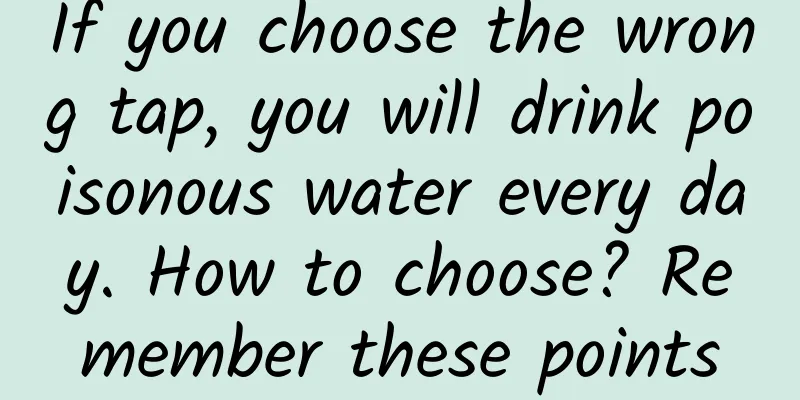ComScore: 50% of Americans used mobile apps for entertainment in 2014

|
Mobile is quickly becoming the primary platform for media consumption. However, while advertisers try to figure out how to best use mobile advertising to effectively reach their target audience, there is still some hesitation when it comes to allocating budgets for mobile advertising campaigns. Without the context of how consumers spend their time in the mobile environment, advertisers are in the dark when it comes to developing the best strategy for planning and executing campaigns. ComScore has released the U.S. Mobile App Report, which highlights the many ways Americans are currently using their phones. Understanding the who, what, when, where and why of mobile app activity can help reveal some new insights about this growing medium, allowing advertisers to be more savvy with their campaigns. Who spends the most time on mobile apps ? Millennials Millennials (18-34) are a key target demographic for advertisers, and they also use digital media above average. So while all age groups use mobile apps, it’s no surprise that those aged 18-34 use them far more than average. In particular, 25-34 year olds are the biggest users of mobile apps, spending an average of nearly 75 hours per month on mobile apps. They are followed closely by those aged 18-24, who use them for more than 73 hours per month. Conversely, those aged 35-54 spend 64 hours per month on mobile apps, while those aged 55 and over use them for only 50 hours. What are the most commonly used apps overall ? Apps created by large media brands . The top apps are dominated by some of the biggest digital media brands, such as Facebook, Google, Apple, Yahoo, Amazon and eBay, which account for 9 of the top 10 most used apps, 16 of the top 25, and 24 of the top 50. Facebook is the top app in terms of both audience and time share across all age groups, with Pandora Radio in second place. These types of apps make it easy to jump in and out of them at your convenience, allowing people to multitask and use them throughout the day, whether they’re waiting in line, on their way to work, etc. Where do people spend their time on their phones? In apps (especially their favorite apps ) Overall digital media time in the U.S. has grown 24% over the past year, driven primarily by the rapid growth of mobile content consumption. Surprisingly, desktops now only account for 40% of digital media engagement, while mobile accounts for the vast majority at 60%. Even more notable is that 52% of all digital media engagement, and about seven out of every eight minutes on mobile, is driven by mobile app usage. Not only is most of the time spent on mobile phones in APP, almost half of all APP consumption is spent on a single user's most frequently used APP. And most of the time spent in APP is an increase in traditional web usage - that is, even if more people spend time in APP, it is more important for advertisers to quickly capture consumers' attention in a shorter time. When do people use apps ? Every day Smartphones have become consumers’ personal assistants, accompanying them everywhere they go and helping them with anything they need. The vast majority of consumers use apps on their smartphones and tablets almost every day, and Americans would have a hard time living without their mobile devices. In fact, more than half of smartphone users (57%) access apps every day of the month, while almost 80% of smartphone users access apps at least 26 days a month. Why do people spend time on apps ? For communication and entertainment Across all age groups, the types of content people spend the most time on apps are leisure-oriented, such as social media, entertainment, and messaging. In particular, social networks, games, and radio account for nearly half of the total time spent on mobile apps. The younger the age group, the more they focus on leisure-oriented activities. In contrast, the older age groups spend more time on functional apps, such as email and maps, in addition to games. Overall, knowing more about target audiences and audience behaviors provides advertisers with opportunities to run successful digital campaigns and reach people where they spend their time. |
<<: Moxie: 62% of users need to use online chat services when shopping on mobile
Recommend
QuestMobile: Top 10 Latest Trends of China's Comprehensive E-commerce Apps in Spring 2024
QuestMobile released the "2024 China Mobile ...
If there was no magic axe and no divine power, how long would it take Chenxiang to rescue his mother?
Image source: Qiantu.com Splitting the mountain t...
The efficacy and function of yellow catfish
As a traditional Chinese medicine, yellow carp pr...
The efficacy and function of the little golden dog
As for the Little Golden Dog, I think some people...
The hair shed by cats is very useful. It may be the key to catching the murderer! | Natural Trumpet
Welcome to the 46th issue of the Nature Trumpet c...
What are the effects of drinking water soaked with Ligustrum lucidum and Eclipta prostrata?
In modern life, people's awareness of health ...
New research: Eating these foods regularly can reduce the risk of metabolic syndrome by 23%
Compiled by: Gong Zixin Have you ever thought abo...
Who is the prototype of the sandworm in "Dune"? The Mongolian death worm should have a name
The movie "Dune" was released not long ...
Can money grass expel gallstones? What are its effects?
Moneywort itself has a good effect in clearing da...
What are the Chinese patent medicines that are good at lowering blood sugar?
Diabetes is a relatively common disease, and most...
What are the medicinal values of Polygonum multiflorum
Polygonum multiflorum is a traditional Chinese me...
What are the harms of drinking angelica water?
Angelica is a Chinese herbal medicine. It can nou...
What are the benefits of ginseng, wolfberry and jujube wine for the body
Ginseng is a very precious traditional Chinese me...
The efficacy and function of Phoenix hair
Phoenix hair has a long history, and until now, t...









